This is a guest post by Runblogger trail writer David Henry. You can read all of David’s posts here.
My Racing Background
Running a 100 mile race is something that had captivated my imagination ever since I found out they existed. Something about the adventure and near impossibility of the idea intrigued me. I fortunately (or unfortunately, however you want to look at it :)) am not scared off by these types of ideas, seeing that if other humans can do it, then I thought surely I can with some patience and time.
Sometime in the fall of 2009, only a few months after I had started running, I came across Anton Krupicka’s blog, Riding the Wind (which has since moved here). I was blown away at the level of mileage and types of runs he was doing. These included 100 mile trail races, particularly his two wins at the Leadville 100 in 2006 and 2007. Fast forward a year later and I did my first trail ultra marathon at the Cle Elum Ridge 50k in Washington state. After that race I was hooked on trail running in general and ultra marathons specifically.
In the next 2 years, among 10-11 different trail races, I completed my first 50 miler at White River and ran the Speedgoat 50k. As I struggled along trying to figure out the sport in addition to keeping up with my ambitious goals, I had much help from Yassine Diboun who coached me in 2011 and Joe Grant, who was my coach in 2012. These two guys, while not only leading inspiring lives and racing all over the world, gave and continued to give sage advice on all aspects of mountain and trail running as well as in life. I had originally planned to run my first 100 miler at the Bear 100 in September of 2013, but with a quickly growing family (2 adopted boys and 1 biological girl of now 5, 3 and 3) I didn’t feel confident enough or rested enough from a busy summer and lower volume training. My running was still going well, with a 25th place at Pike’s Peak Marathon to show for it, but a little under 5 hours of running at Pike’s Peak did not necessarily indicate adequate fitness for 100 miles.
For 2014, I started things more aggressively than previous years, with longer races on the schedule earlier in the year. Despite some setbacks in January with our then 2 year old girl being hospitalized for a week, I won my first trail race at the Wilson Creek 20 miler in Jan, ran the Moab Red Hot 55k (which went pretty rough) in Feb, ran a 45 mile winter race in Alaska in early March with a training focused 50k at the end of March, and Zane grey 50 mile (shortened to 33 mi due to extremely cold and wet weather for that area) in April. Although I was hoping for a full, tough 50 mile effort at Zane Grey to give me that confidence boost I needed for Bighorn on June 20th, training had gone well and I was healthy so it was time to take the leap.
Bighorn 100
The pre-race process for a 100 mile race is significantly more involved than that required for any other distance I’ve done. There are medical check-ins, multiple drop bag locations to plan out (unless you have a crew to follow you all day and night, which I did not except for the turnaround aid, mile 48, and Dry Fork aid, miles 12 and 82), more extensive pre-race meetings and Bighorn included an extra 0.75 mile walk to get to the start area from where we could park. It can be hard to keep yourself from getting too engrossed into the planning and check-in process which can easily rob energy from the limited stores of what you need for the race.
Pre-Race meeting – photo credit Aaron Harrell
Pre-Race Family pic with Dad (Loren) and Mom (Sue) – photo credit Aaron Harrell
Waiting for start – photo credit Loren Henry
The forecast called for hot weather during the afternoon hours with potential for cold and thunder showers in the evening. It felt pretty hot (I think ended up being mid 80’s which for June feels hot) heading up the nearly 4000ft climb out of Tongue River Canyon during the first 7 miles of the race, but I stayed hydrated using a Simple Hydration bottle and Hydrapack 500 ml softflask with inov-8 Race Ultra .25 handheld (that I kept collapsed until I filled it at the second aid station, knowing it was going to be a longer section the next one). I also started getting my hair and body wet in any streams I could find after the first couple of hours.
About 5-6 miles in I hit my first and really only snafu during the race. People always advise to expect the unexpected during 100 miles so I was prepared to deal with something during the day, but did not think it would be this early on. I nearly always train and race without socks and had started the race in inov-8 Trailroc 245s. I’ve done 50 milers sockless in them and yet at mile 5 I started to feel a little bit of friction on the heel when going up steep sections. I tried to readjust a couple of times to get it to resolve with no luck and so made do by keeping the laces very loose until I could get to the mile 12 aid station (Dry Fork) and my first drop bag which had some socks and another pair of shoes. In retrospect I think the issue was that I tied the shoes intentionally a little too loose to start to prevent them from getting them too tight on the tendons on the top of my foot. The result was too much heel slippage which, combined with the heat, caused some friction. Anyway, I rolled with it, changed into my Nike Kigers (review here) with some thin socks, put a shirt and hat on (it was already feeling quite hot and I was concerned I might be too exposed in the next 18 miles till the next aid) and resumed down the rolling 4000+ feet of descent required to get to the Footbridge aid station at mile 30.
I vowed to keep things easy and take care of myself with regular water and gel intake and save my downhill legs for the second half of the race. I ended up passing quite a few folks on this section and eventually caught a train of about 4-5 guys that I could have passed, but decided to just cool it and ride on in with them for the last 3 miles to Footbridge. Despite feeling really good at this point, I knew there were plenty of miles yet to come (this decision likely saved my race!).
Coming into Dry Fork (shirtless) and heading out geared up for some more heat – photo credit Aaron Harrell
Early Carnage at Footbridge Aid
I wish I could have taken a picture when I rolled into the Footbridge aid station, but it looked like a triage station on a battlefield. Gear was strung everywhere and many runners looked quite awful which surprised me this early in the race. I made another shoe change into inov-8 X-Talon 212s (rightly anticipating more mud and less smooth trails for the next 32 miles) and switched my hydration to the inov-8 Race Ultra vest to simplify my bottle carrying scenario and to be able to carry some extra clothing as we were heading up to 9000ft and by the time I got there it would be dark. In the 8-10 min it took to change my gear I witnessed at least 3 people telling the aid station officials that they would not be continuing due to either heat/dehydration or bad feet and shot legs; quite early to be out of commission in a 100 mile race!
I left the aid station with just the vest on (no shirt) as it was now 6:00 pm or so, yet it was still hot out. The climb up the Little Bighorn River drainage was spectacular, with beautiful views all the way up. I took it easy and even listened to music for an hour or so during this section (something I rarely do, but brought on this race since I would be out there for so long). I was nearly 4 miles from the turn around point (mile 48) at the Jaws Trailhead and it started to rain with lightning. It went from an idyllic alpine stroll to an, “Oh crap, I’m cold and on an open exposed ridge during a lightning storm at 900o ft!” moment. I put on all the extra clothes I had with me (essentially just gloves and inov-8 Stormshell 150 waterproof jacket) and ran a little quicker to the aid station where I found my mom and friend, Aaron, who were ready to crew and pace me at 11:00 pm in the dark and stormy night. It is such a nice feeling to be exposed like that and then come upon an aid station and see those you know waiting to care for you.
Pic of mom helping me get food while I changed – photo credit Aaron Harrell
Into the Night
Thankfully, I didn’t think much about heading back out into the middle of the night to run back down a 5000ft muddy descent to the Footbridge aid station. I was just glad to have my pacer, Aaron, with me and we took off. In a fun way, it felt like I was giving him a tour of the trail I had just come up on the way out, except, since it was dark so I had to describe to him what he would have seen had it been light. The time passed quickly and we made really good time down this 18 mile section, passing many folks along the way. I had the Petzl Ultra Rush headlamp and, at least for 100 milers, I feel like it is nearly indispensable despite its very expensive price tag ($400!). It puts out an extremely large and bright light that enabled me to run comfortably downhill in the dark and mud the whole way. We got into Footbridge and changed clothes back into shorts and T-shirts (from my 3/4 tights and long sleeve, which in hindsight, I probably should have not changed into at the turnaround). I changed out of my X-Talons and into some dry Pearl Izumi Trail N1’s (the only dry pair of shoes I had left at this aid station, otherwise I didn’t feel I needed the PI’s) and headed out after a sausage patty, coffee and some peanut M&M’s at 5:00 am.
Heading out from Footbridge aid at daybreak – photo credit Aaron Harrell
Pacer, Aaron, very serious about his job – photo credit Aaron Harrell
Sunrise climbing out of the Little Bighorn River drainage – photo credit Aaron Harrell
The Grind
The long 18 mile mostly uphill section from Footbridge (mile 66) back to Dry Fork aid (mile 82) was where the race started to feel like something new and different in some ways (I’d never gone further than 54 miles in one go before), but in many ways, it was very much the same. Move forward, take an energy gel when I felt I could stomach one, drink, repeat. Slowly, I made it to Cow Camp Aid (mile 76) and sat down for some food (bacon!) and Coke, while also eating another gel (I would eat over 50(!) gels over the course of the race). This process continued till I slowly picked away a the the remaining long extended uphill to Dry Fork where both my parents where waiting to encourage me on the last 18 miles.
Cow Camp Bacon and Coke for brunch – photo credit Aaron Harrell
Coming into Dry Fork (mile 82) – photo credit Loren Henry
The Weight of it All
As soon as I came into Dry Fork, I saw my parents and knew, because I wasn’t having any serious physical issues (aside from a small blister on my pinky toe), that I was going to finish the race. The weight of the remaining 18 miles really came down all at once and I broke down emotionally. I think for most of the race, I was just thinking of getting to the next aid station and did not really mentally project myself out that far ahead. I could wrap my mind well around 18 miles and, being that I had already come up 12 of those 18 the day before, I knew exactly what lay ahead and the weight of it fell pretty hard. My Mom was all geared up to pace me those final 18 miles of the race and I knew there was nothing left to do but get going so I returned mentally to the task of just moving forward to the next aid station, drinking, eating and taking care of myself in the now mid-day heat (again, returning to getting wet in any stream crossings).
Trying to figure out how socks work ;) and fixing blister issues with one last shoe change – photo credit Loren Henry
The weight of the remaining 18 miles was hitting me pretty hard but my Mom continued encouraging me – photo credit Loren Henry
The End of the Road
After running down the final 8 mile 4000ft descent (so grateful I was still able to run the flats and downhills at this point) I came out of the Tongue River Canyon Trailhead and onto the final 5 miles of gravel road to the town of Dayton, Wyoming where the finish would be in the park. While I can’t say the road was easy and it seemingly took forever to cover the 5 miles, I ran most of the way and tried to savor what I could of the final miles of such a long adventure.
I was truly thankful and had so much gratitude that my body was heathy enough and my family (wife and 3 kids were at home) supportive enough to allow me to take on the task of running 100 miles in the Bighorn Mountains. It was also encouraging to see all the runners who ran the 30k (which started at Dry Fork and ran to the finish, 18 miles down the mountain) on the road, each pushing themselves to the end of a long run.
Pic #13 Running on the road with the 30k runners; photo credit Loren Henry
Head down (so I couldn’t see how far the road stretched out ahead of me ;) ) and my Mom encouraging along the way; photo credit Loren Henry
Finish! photo credit Aaron Harrell
Cleaning off in the river photo credit Loren Henry
Wiped out just over an hour after finishing – photo credit Loren Henty
Take Away Nearly Two Months Later
It was interesting to me that the event felt less substantial to my memory the week or two after, but as time when on, I was able to realize and grasp more of what the effort took from me and understand the magnitude of it better. The physical recovery process went pretty well with no injuries or issues, but it took at least 4-5 weeks to get back energy levels and feel good running over 2 hours in length again. Nearly two months out now, I’m already looking forward to planning another 100 for next year. With Bighorn, I qualified for both the Western States 100 and Hardrock 100 lotteries, so will put in for those. Both races are notoriously hard to get into, so it is not likely that I will get in to either so the plan is probably to head over to Japan in April (my brother and his family will be living there for this next year for his work so will be a chance to visit them as well) and run the Ultra Trail Mt. Fuji, a 105 mile circumnavigation of Mt. Fuji with everything from road running to technical mountain running and a cumulative elevation gain of around 30,000 ft (!). All said, I’m incredibly grateful to have had the chance to run a 100 mile trail race and, although the effort and preparation can be daunting, the journey was well worth it.
Finisher Belt Buckle – photo credit Loren Henry
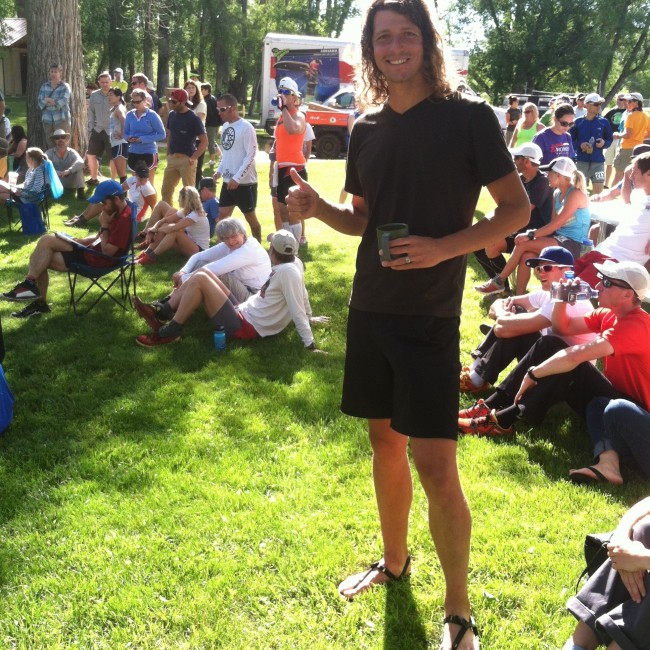
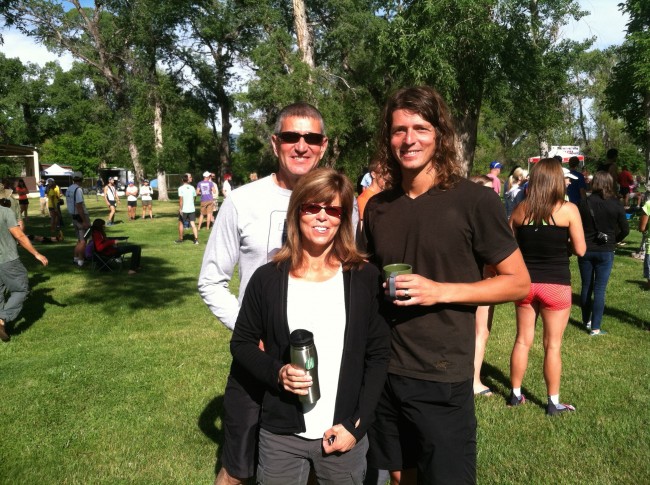
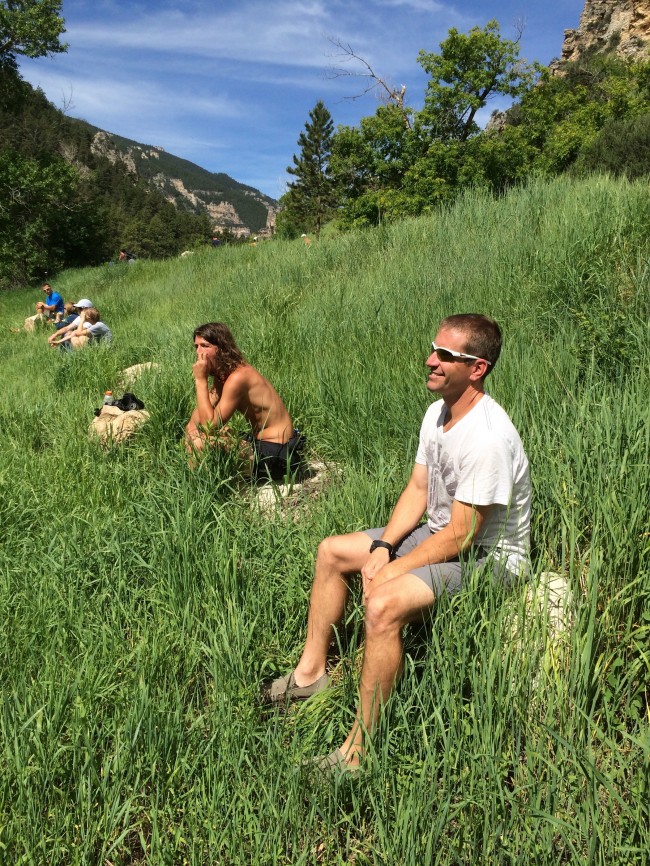

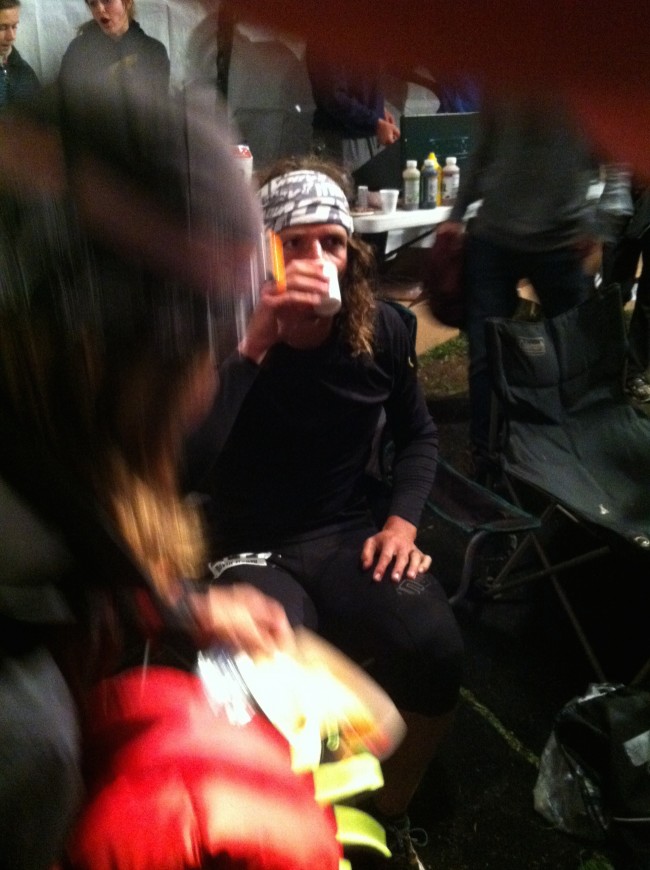
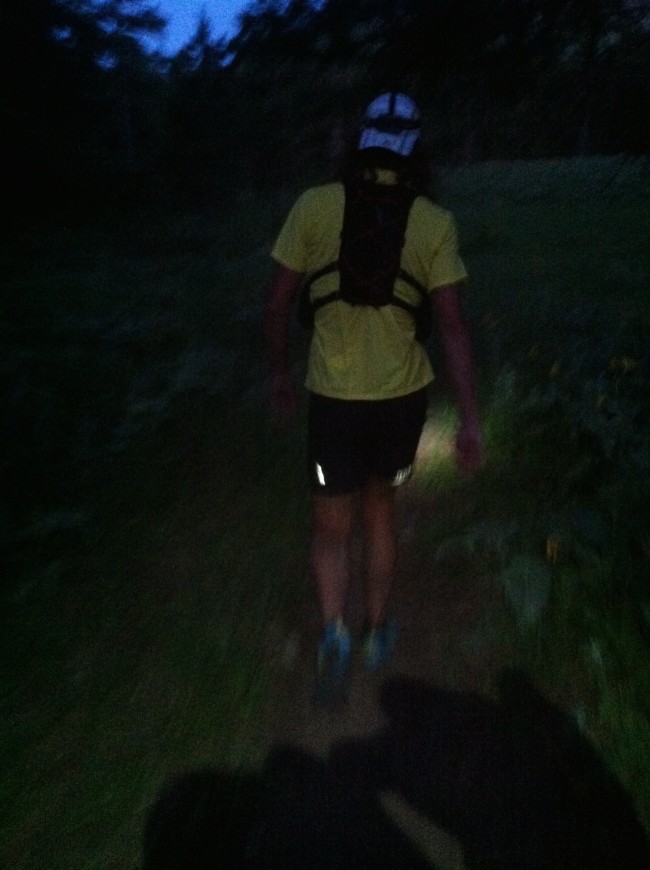

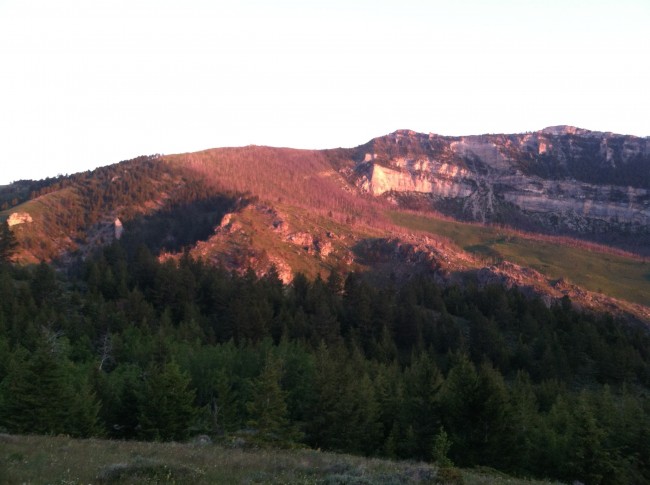
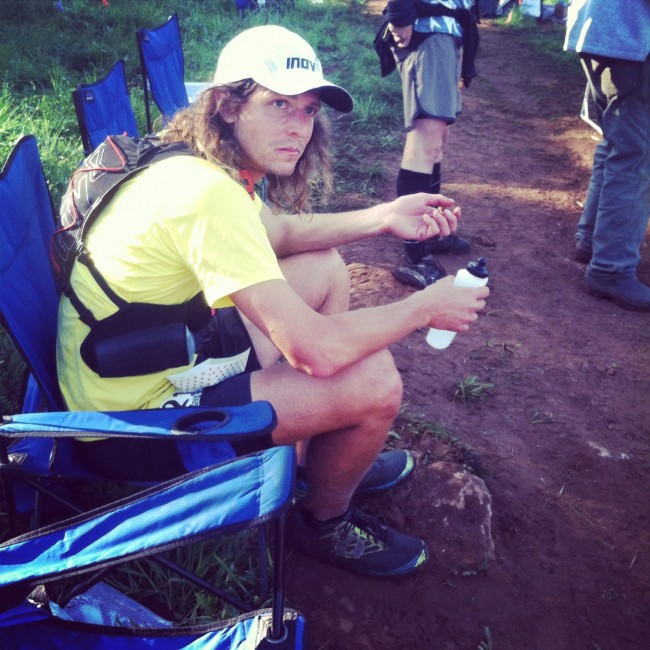
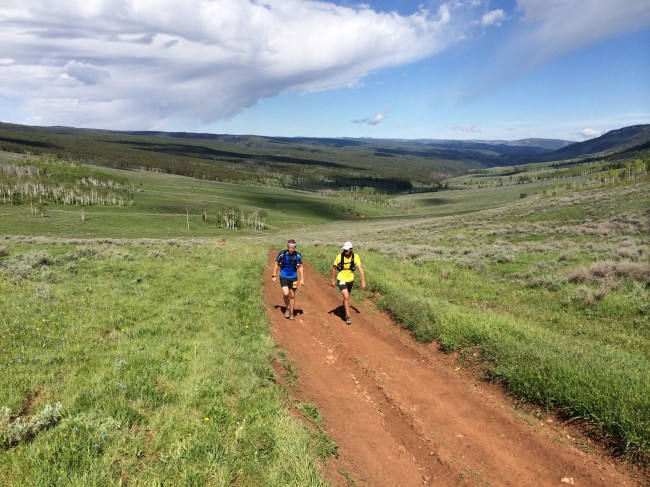
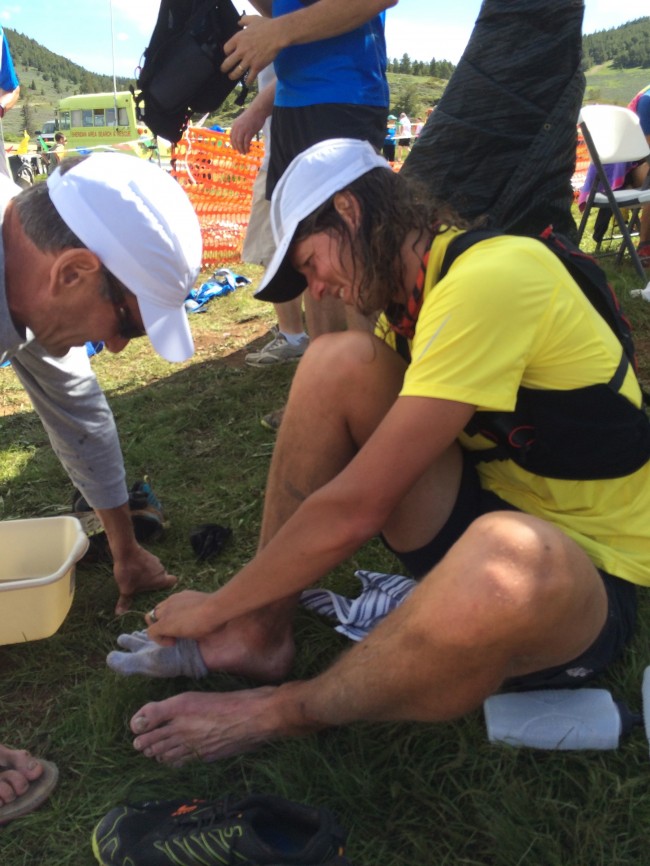
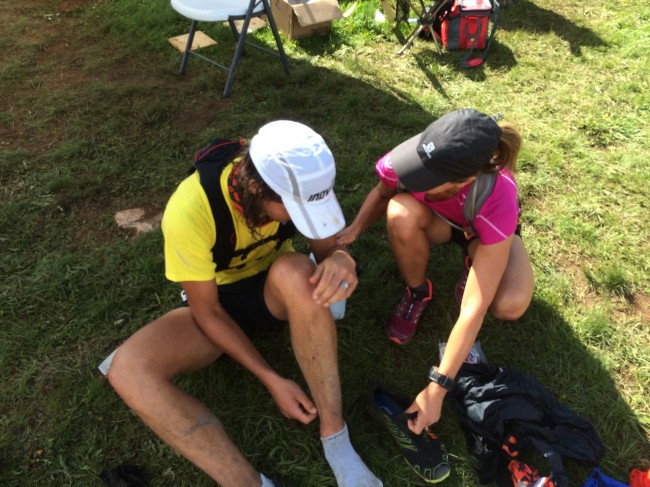
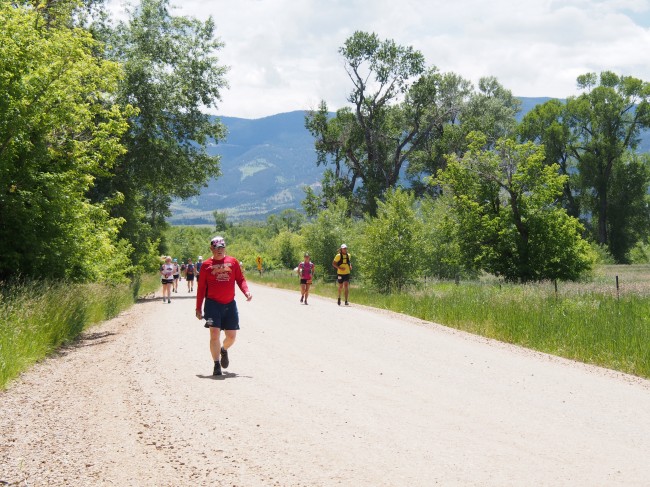
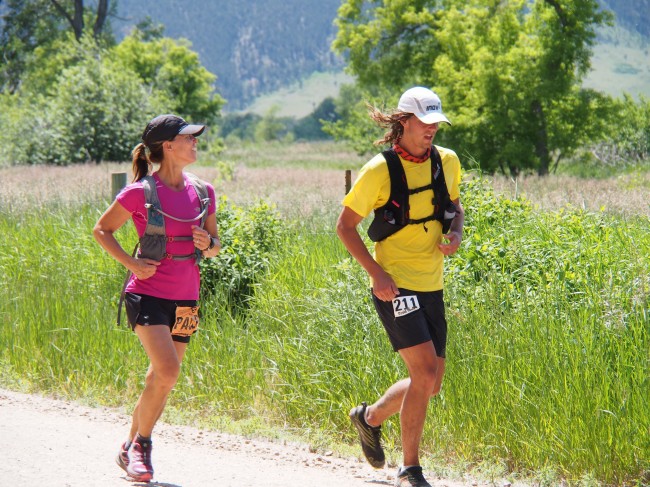
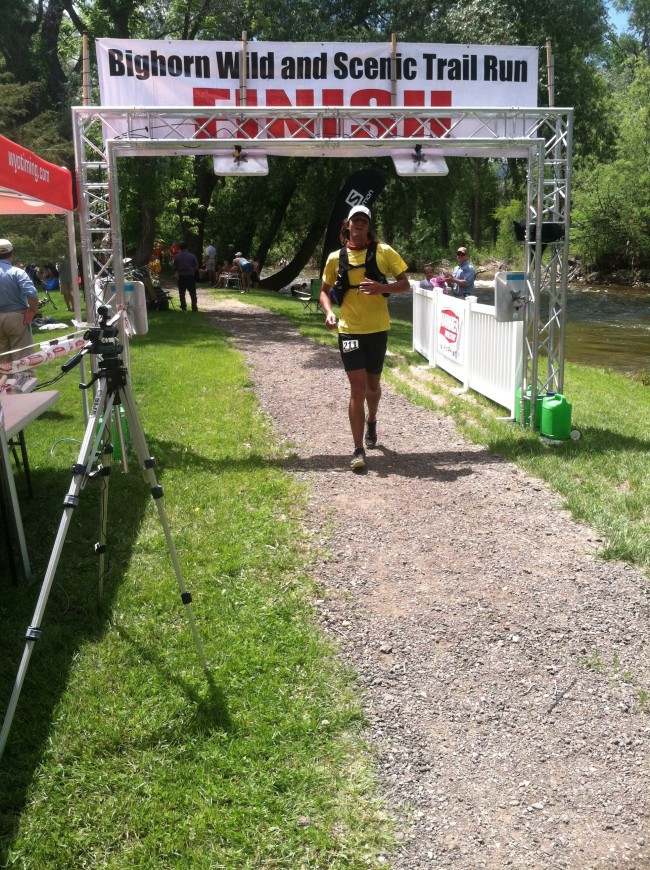
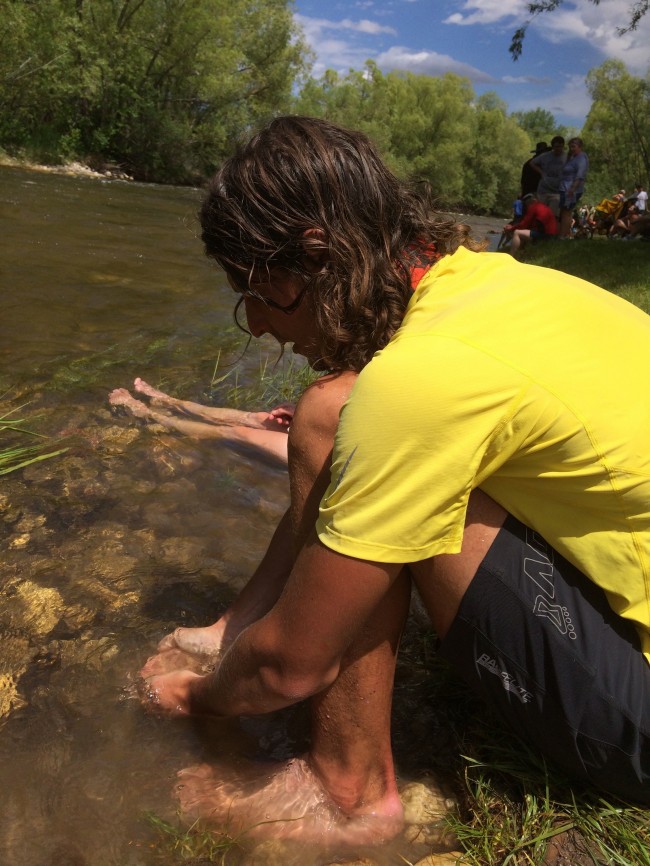
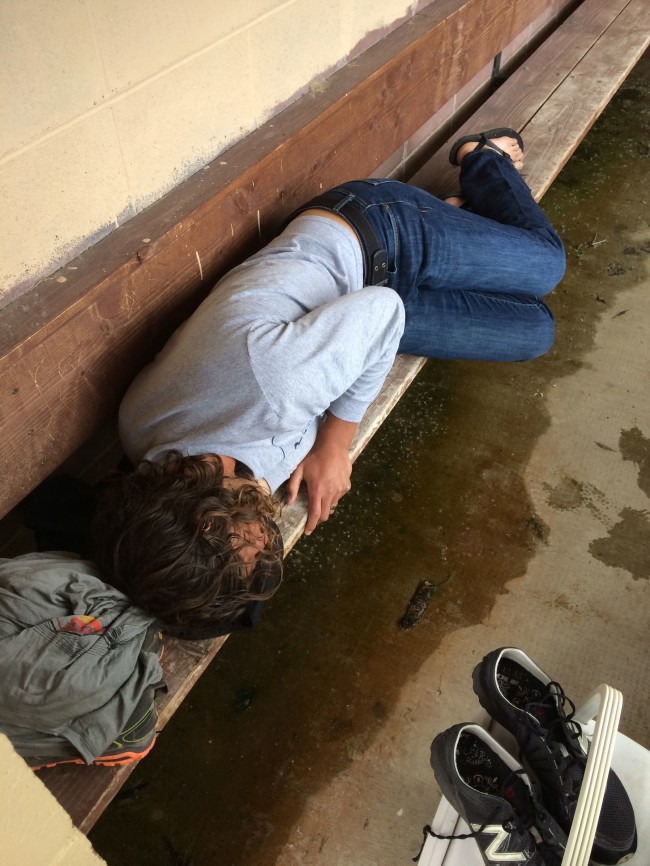
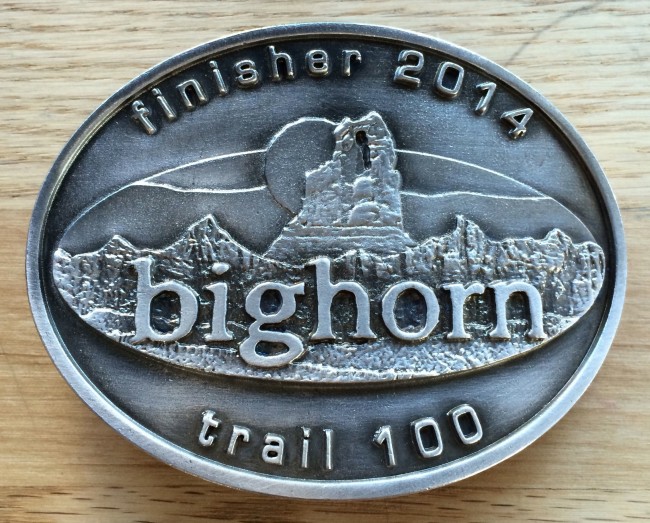
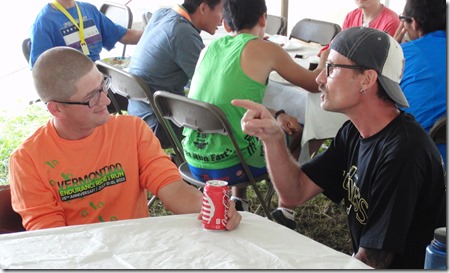

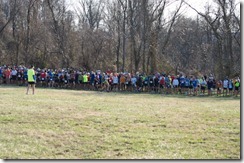
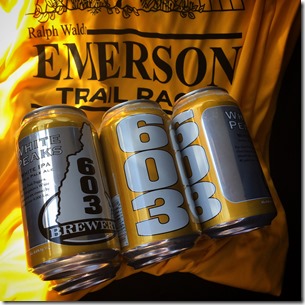
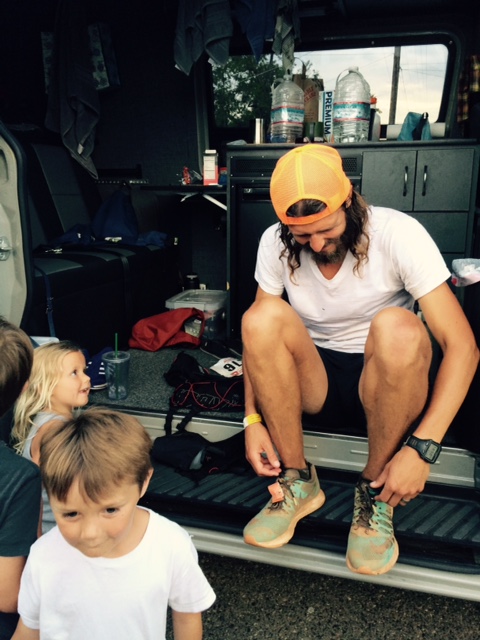














Thanks for the story David. This is an incredible accomplishment, and it seems like you felt fairly fresh the whole race (when others were dropping out somewhat early). I’m guessing that changing out shoes a handful of times helped keep your feet strong too. I’ve only completed a 26.2 on the trail, but hope to look into longer distances like this one day. Congrats!
Thanks Austin. Congrats on the trail marathon and hope you enjoy your exploration into longer races. I like all the distances for different reasons. The long stuff really makes you go inward and you have to stay positive :).
great work….this year I have stretched to my first 29 mile trail race…It was a great time and reading your story inspires me to want to try a 50 miler next…thanks!
Thanks and good luck as you move up in distance! Enjoy the journey! -David
Great write-up! Sounds like you had a blast. I am running Big Horn 100 in 2015 and this report definitely helps.
Still curious what to expect in terms of day-time high temps and night-time lows if you can provide any more insight. I’m hoping to wear shorts the whole time and just put on a long sleeve and shell, carry gloves and hat just in case.
Awesome that you are going to take a crack at Bighorn. It really is a fun, low key mountain 100 and very well organized. For me it was in the low 80’s (which felt quite hot at altitude in mid June) during the day and maybe 40’s at night. Overall I think with similar weather I should have just wore my shorts the whole time (switched to 3/4 tights during the night and I think it was unnecessary) and I think your kit that you outline would be about right in similar conditions. That said, the weather could be worse, especially at the higher elevations so definitely bring warmer stuff just in case weather gets bad closer to race day…also, we didn’t have much snow on course, but there have been years with significant snow up high. All the best with your training! I was fortunate enough to get into Western States this year so I’ll be working up to that. Take care – David